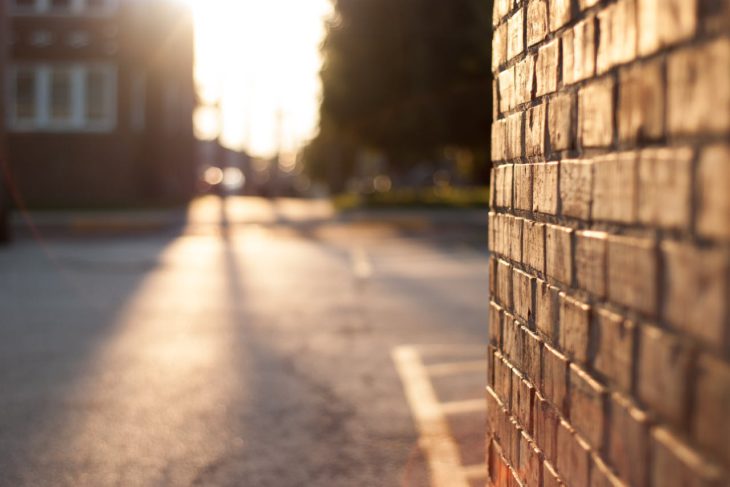
Fashion design is a complex and multifaceted discipline that combines artistry, craftsmanship, and innovation. It’s the process of creating clothing, accessories, and footwear that not only serve functional purposes but also express a unique aesthetic vision. The creative process of fashion design is a journey filled with inspiration, ideation, sketching, fabric selection, pattern-making, sewing, and, ultimately, the presentation of a tangible, wearable piece of art. Here, we will focus on the fascinating world of fashion design and explore the various stages that make up this intricate creative process.
Inspiration and Research
Every fashion design journey begins with inspiration. Designers draw from a wide range of sources, including art, culture, nature, history, and personal experiences. Inspiration can strike at any moment, and designers often maintain visual journals or mood boards to collect ideas, images, and concepts that pique their interest.
Research is an integral part of this stage as designers delve deep into their chosen theme or concept. They study historical fashion trends, explore contemporary art and design movements, and analyse the work of other designers. This research helps them gain a comprehensive understanding of their chosen subject matter and informs the creative decisions they will make throughout the design process.
Concept Development

Once designers have gathered a wealth of inspiration and conducted thorough research, they begin to develop their design concepts. This involves translating their ideas into tangible design elements, such as silhouettes, colours, textures, and motifs. Designers often sketch rough drafts and create mood boards to visualise their concepts more concretely.
During this stage, designers also consider the target audience for their creations. Are they designing clothes for a specific age group, gender, or lifestyle? Understanding the intended wearer’s preferences and needs is crucial in creating fashion that resonates with the audience.
Sketching and Illustration
Sketching is the bridge between concept development and the actual creation of garments. Fashion designers use sketching as a means to refine their ideas and bring them to life on paper. These sketches serve as blueprints for the garments they will later construct.
Sketching requires a deep understanding of human anatomy, as designers must accurately depict how the garment will fit and flow on the body. These sketches often include details such as fabric swatches and colour palettes, helping designers visualise the final look of their creations.
Fabric Selection
Selecting the right fabric is a crucial step in fashion design. The choice of fabric can drastically impact the overall look and feel of a garment. Designers consider factors such as texture, weight, drape, and colour when choosing materials for their creations.
Fabric selection also involves practical considerations, such as how the fabric will behave when cut, sewn, and worn. Different fabrics require different sewing techniques, so designers must be well-versed in working with a variety of materials.
Pattern-Making
Pattern-making is the process of creating templates that serve as guides for cutting and sewing the fabric. It is a highly technical skill that requires precision and attention to detail. Patterns are created based on the designer’s sketches and measurements, ensuring that the garment will fit the wearer correctly.
Pattern-makers use a variety of tools, including rulers, measuring tapes, and specialised pattern-making software. They carefully draft each piece of the garment, taking into account seam allowances, pleats, and other design features.
Sewing and Construction
Once the patterns are ready, the actual construction of the garment begins. This stage involves cutting the fabric according to the patterns and sewing the pieces together. It is here that the designer’s vision truly comes to life as the flat pieces of fabric take on shape and dimension.
Fittings and Adjustments
Throughout the sewing and construction process, fittings and adjustments are essential to ensure that the garment fits the wearer perfectly. Models or dress forms are used to test the fit and make any necessary alterations. Designers may need to tweak the pattern, adjust the seams, or modify the design to achieve the desired look and comfort.
Fittings are a collaborative effort, often involving the designer, the model, and any additional team members who can provide valuable input on the fit and overall appearance of the garment.
Finalisation and Presentation
Once the garment is complete and all adjustments have been made, it’s time for the finalisation stage. This includes adding finishing touches such as buttons, zippers, and embellishments. Designers carefully inspect the garment to ensure that it meets their creative vision and quality standards.
The presentation of the fashion collection is a crucial aspect of the design process. Fashion designers often showcase their creations through runway shows, lookbooks, or online platforms. These presentations are carefully curated to convey the designer’s vision and evoke emotions and reactions from the audience.
Always remember – it’s a combined effort. Designers also have to share their vision with the makeup artists in order to bring their vision to life. The makeup is quite different from what we wear every day, as the models have to look glamorous. For subtle effects, colour contacts are used to accentuate their natural features. If they have to create a fictional character, sometimes Halloween contacts lenses are used to bring more attention to the eyes.
Feedback and Iteration
Fashion designers value feedback from peers, mentors, and the public. After presenting their collections, they analyse the reactions and reviews to gain insights into what worked and what didn’t. This feedback loop allows designers to continuously refine their craft and evolve their creative process.
Designers may choose to iterate on their existing designs or use feedback to inform their future collections. The fashion industry is constantly evolving, and designers must stay adaptable and open to new ideas and influences.
All in all, the creative process of fashion design is a dynamic and intricate journey that combines artistic vision with technical expertise. It’s a celebration of individuality and a reflection of the ever-changing world we live in, making it one of the most captivating and vibrant creative disciplines in the world.














